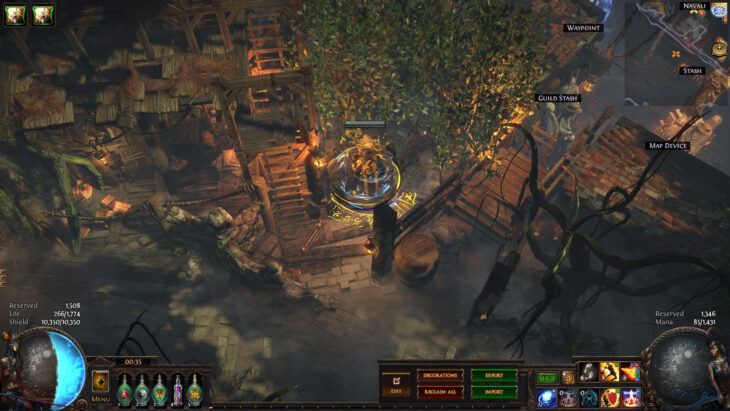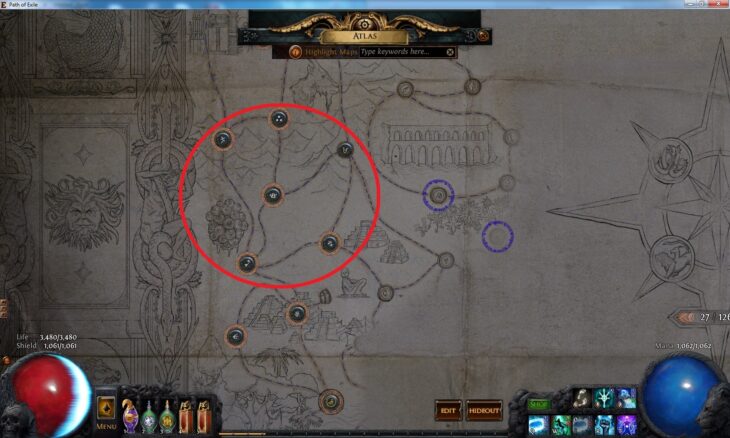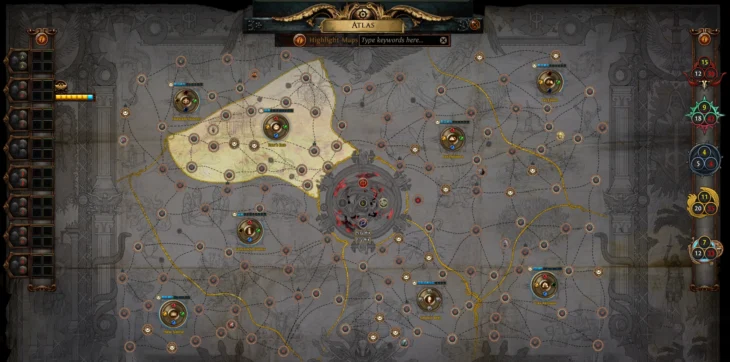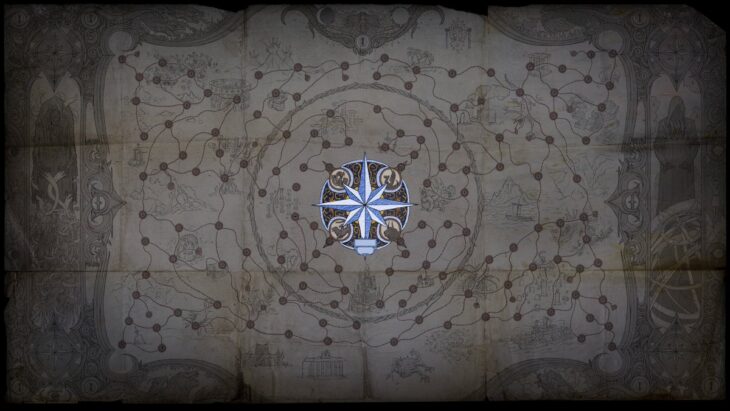To put it simply, they are end-game content that you can explore and enjoy once you have leveled up enough. Dealing with Atlas maps (Path of Exile) can be quite an entertaining thing in this title. But it can also be very challenging at times. People who deal with it for the first time usually hate the process. There are not many good online tutorials or guides. Which will help you deal with the charts. That makes you experiment and learn by way of trial and error.
Perhaps inexperienced, good, or even quite a high-level player. Do you long to get your hands on amazing items? Then you have come to the exact place. The loot obtained through the Atlas maps is some of the best in the RPG.
Assuming that you are curious as to what the charts are. Why you should look for them, or how to get your hands on them, if you have a few useful tips or tricks, then the article is for you. For more detailed information, read here.
Contents
What are maps?

Source: poecurrency.blogspot.com
In short, they are linked together, spread around various geographical areas using cards inside your deck in the hideout. The charts themselves improve by fulfilling a mission for Official Kirac. Stationing himself in the Templar Laboratory.
These maps offer a visual representation of all of your dream worlds. And the Atlas of Worlds is highly interconnected. Players begin at 1 of the 4 available points in the center of the map. And progress in the other directions. As well as the worlds that lie adjacent to it or are linked by other levels. New cards can be obtained through stages.
The number of charts is over one hundred and fifty. All are variously themed and can be unlocked, exchanged between users, and help fuse various blocks. There are eight areas per area, each with four clock stones per area. With these maps, players can affect nearby map areas by adding sextant modifiers to the maps. These vouchers and modifiers can change nearby wall designs and shops.
What is the best way to get them?

Source: pathofexile.com
These PoE maps offer a system with an easy-to-understand mapping course. With Atlas, players can help bypass the overwhelming drop system with a series of notes and hints, aiding players and giving a sense of forward progression.
These charts are sort of a collection for you in-game. Their drop rate is different and can vary from random to not. A determined tier is picked first, and the map type is selected from a random pool of finished ones corresponding with your pick. There are some exceptions: during Zana’s quests, you can gather various charts without restrictions from your Atlas progression and unique ones that can drop their starting type.
Atlas maps, including those from PoE, stick to a map equity system conditioned on drop parameters. As long as the comparable tier does not exist in the player’s atlas, it can be used to balance desirable tiers higher than the one the new map is in.
Why are they so relevant when dealing with the end-game content?

Source: pathofexile.com
They are endgame content, and like that, they are of great importance. You can expect them to give you quality loot that will make your character stronger. It offers more quantity and higher quality resources than regular ways to attain good gear.
Atlas Maps feature many different types of charts that players can explore. Each of them offers challenges and, of course, rewards for exploring them.
The same path will take you to a collection of charts that you can fill out to level up your character. Without any formal training, it should only take a few minutes to figure out how the process works.
As you know, Atlas Maps in Path of Exile serve as a replacer for the other ways to get gear in the end-game of Path of Exile. Atlas Maps will give you the thrill of exploring the late stages of the game where all items that drop are unique and strong.
Check out this Atlas map of the Path of Exile trick

Source: twitter.com
Mapping is a complex topic, and I could write a whole post about it. But for this post, let’s distill mapping down to two simple components:
- Farm efficiency: the speed and amount of experience or items you get while farming a map. This generally consists of two things: 1) how fast you can move through the map, and 2) how much time you spend on actions like killing monsters or opening chests.
- Comfort level: How much do you enjoy playing the map? For example, you might hate playing on maps with ice because they’re slippery and make you feel like you can’t control your character. Or maybe you don’t like running around in circles because it feels tedious.
The tradeoff between farm efficiency and comfort level is something that every POE player faces when deciding what maps to run. While this strategy can leave you running on a lot of maps you don’t love, it’s still the strategy I would recommend for newer players, since it allows you to see the most content and enjoy the game for what it is.
Conclusion
In conclusion, the Atlas Maps play a major role in building up your character strengths. That is especially critical in the endgame stage, where you need to back up your high level with some power behind it. Having the highest-level gear that you can acquire from the maps is the best way to do it. It may be hard to complete it. Or to acquire all the maps, but it is totally worth it. I hope the article was of help and gave you good enough information related to Atlas Maps.
